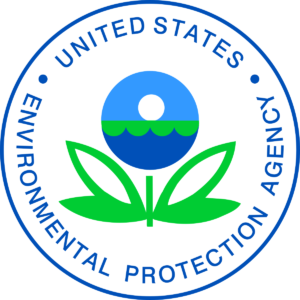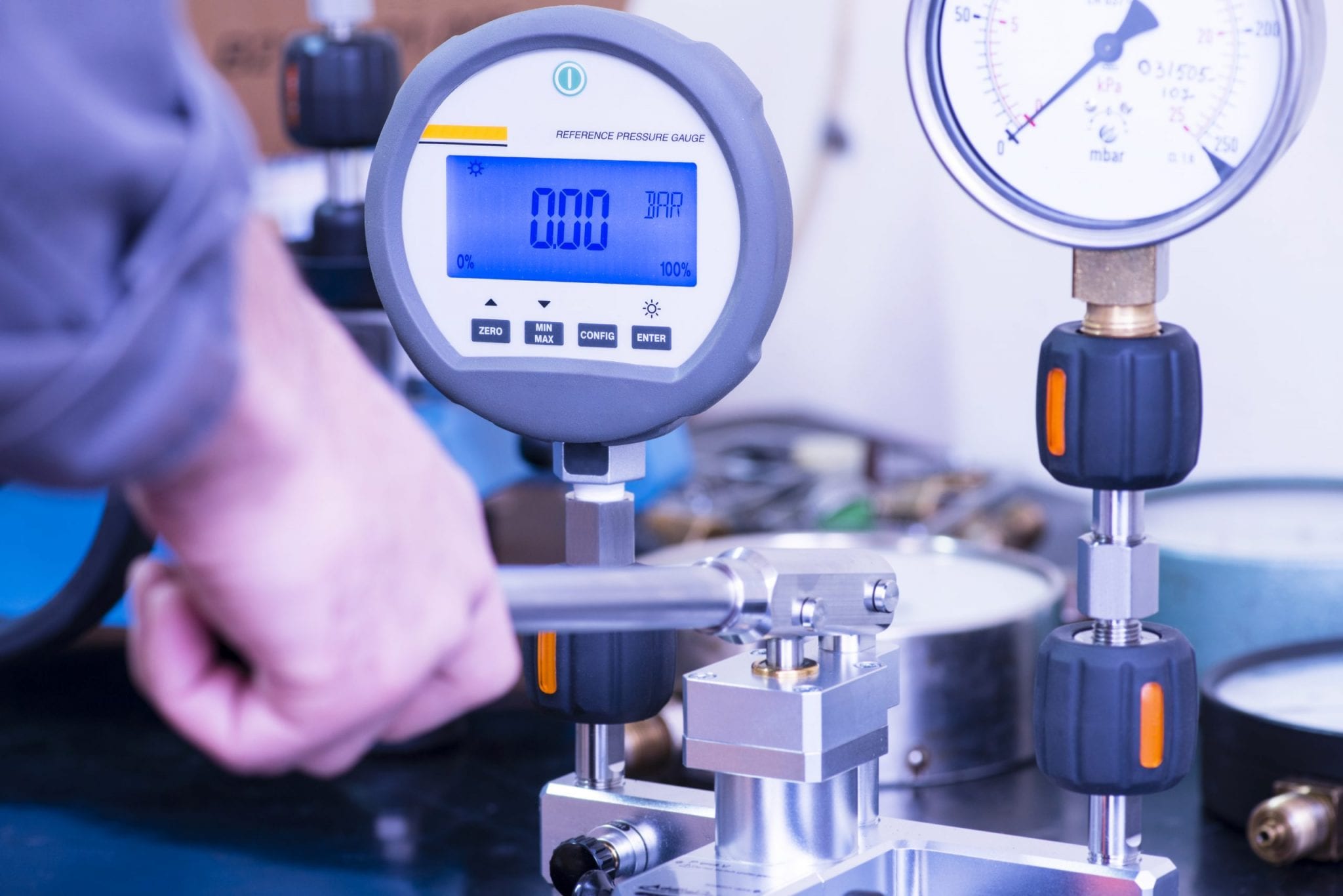



The objective of BWTS calibration is to validate that the harmful organisms present in ballast water are effectively treated. This is usually performed through the measurement of the system’s disinfection efficiency and the reduction in the concentration of target organisms.
The instruments and sensors used in the BWTS are also verified and calibrated. Among them are flow meters, pressure sensors, turbidity sensors, UV intensity sensors, and other monitoring devices. Calibrating these instruments ensures accurate readings.
In the cases when the BWTS use chemicals to treat the ballast water, the calibration verifies the accuracy of chemical dosing pumps and the mixing.
BWTS calibration must be conducted according to the rules and regulations established by organizations like the International Maritime Organization (IMO). These regulations mention the standards for ballast water treatment and calibration procedures.
The calibration services can also integrate adjusting the BWTS settings and parameters to optimize the performance.
Once calibration is completed and verified, the system is certified as compliant with regulatory standards.